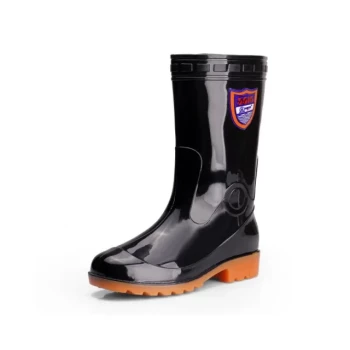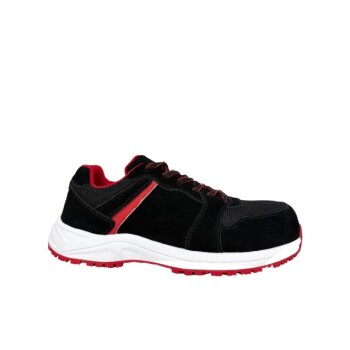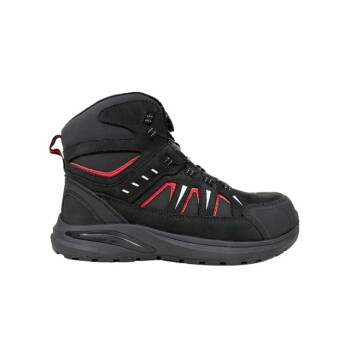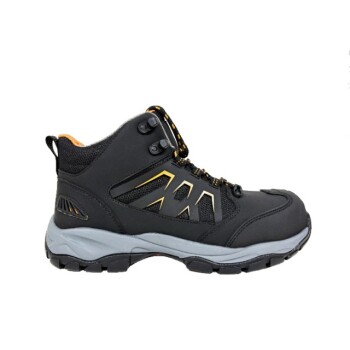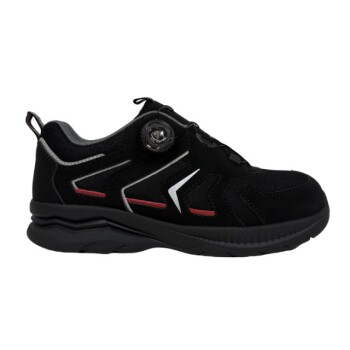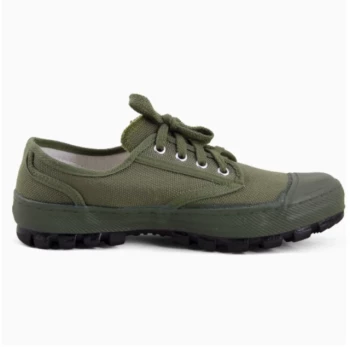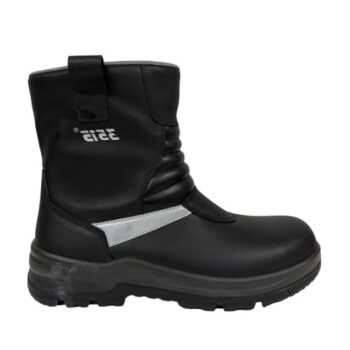Yes, trekking shoes are absolutely worth it for anyone venturing beyond well-maintained, flat paths. For navigating the uneven, rocky, and unpredictable surfaces common in hiking, they provide a level of support, safety, and durability that standard athletic shoes simply cannot match.
Trekking shoes should not be seen as an optional upgrade but as a critical piece of safety equipment. Their value comes from providing the specific ankle support, sole stiffness, and superior grip required to prevent injury and reduce fatigue on demanding terrain.

What Defines a True Trekking Shoe?
To understand their worth, you need to understand their core functions. Unlike sneakers designed for forward motion on flat surfaces, trekking shoes are engineered for stability on unpredictable ground.
Enhanced Ankle Support
A key feature, especially in mid or high-cut models, is robust ankle support. This design helps prevent twists and sprains, which are common risks on rocky or root-filled trails.
This lateral support becomes even more critical when you are carrying the extra weight of a backpack, which can alter your center of gravity and increase strain on your joints.
Torsionally Stiff Soles
Trekking shoe soles are intentionally rigid. This "torsional stiffness" creates a stable platform under your foot.
Instead of your foot bending over every sharp rock or root, the stiff sole distributes the pressure, protecting your foot and significantly reducing fatigue over a long day of hiking.
Superior Grip and Traction
The outsoles of trekking shoes feature deep, aggressive lugs made from specialized rubber compounds.
This design provides a superior grip on a wide variety of surfaces, from loose dirt and mud to wet rock, ensuring surefootedness where regular shoes would slip.
Durable and Protective Construction
These shoes are built to withstand abuse. They use durable materials and often include features like reinforced toe caps to protect against rock strikes and waterproof membranes to keep your feet dry. This protection is essential for both comfort and safety in the backcountry.
The "As Sturdy as Necessary" Principle
The most common mistake is choosing the wrong tool for the job. The ideal trekking shoe is one that is just sturdy enough for your intended terrain, while remaining as light as possible.
Finding the Right Balance
A heavy-duty mountaineering boot is overkill for a day hike on a moderate trail and will only weigh you down. Conversely, a lightweight trail shoe is insufficient for a multi-day trek with a heavy pack.
The key is to honestly assess the demands of your hike. Consider the terrain, the distance, and the weight you'll be carrying.
When to Prioritize Stability
If you are prone to twisting your ankles or will be navigating highly unstable, pathless terrain, you should always err on the side of a sturdier, more supportive shoe. The extra weight is a worthwhile trade-off for the dramatic increase in safety.
Making the Right Choice for Your Hike
Your footwear choice should be dictated entirely by the environment you plan to tackle. Use these guidelines to make a decision based on your specific goal.
- If your primary focus is walking on paved paths or well-maintained park trails: A dedicated trekking shoe is likely unnecessary; a comfortable walking shoe or trail runner will serve you well.
- If your primary focus is hiking on uneven, rocky, or muddy trails: A low or mid-cut trekking shoe is essential for the necessary grip and underfoot protection.
- If your primary focus is multi-day trekking with a heavy backpack: A high-cut, torsionally stiff trekking shoe is non-negotiable for providing the required ankle support and stability.
Investing in proper trekking shoes is an investment in your own comfort, endurance, and safety on the trail.
Summary Table:
| Key Feature | Benefit for Hikers |
|---|---|
| Enhanced Ankle Support | Prevents twists and sprains on rocky, uneven trails. |
| Torsionally Stiff Soles | Reduces fatigue by distributing pressure from sharp objects. |
| Superior Grip & Traction | Provides stability on loose dirt, mud, and wet rock. |
| Durable Construction | Withstands harsh conditions and protects feet from impacts. |
Ready to equip your customers with reliable, high-performance trekking shoes?
As a large-scale manufacturer, 3515 produces a comprehensive range of durable footwear for distributors, brand owners, and bulk clients. Our production capabilities encompass all types of trekking shoes and boots, designed to meet the demands of any trail.
Contact us today to discuss your footwear needs and benefit from our expertise in quality manufacturing and bulk supply.
Visual Guide

Related Products
- Durable Rubber Sole Outdoor Shoes Wholesale & Custom Manufacturing
- Safety Footwear Wholesale Manufacturer for Custom OEM/ODM Production
- Durable Waterproof Rain Boots | Custom Manufacturer for Wholesale & Brands
- Wholesale Safety Footwear Manufacturer for Bulk & Custom OEM Orders
- Durable Rubber-Soled Utility Shoes for Wholesale & Custom Brand Manufacturing
People Also Ask
- How do hiking shoes or boots protect feet from environmental hazards? A Guide to Trail-Ready Footwear
- What are some alternatives to hunting boots? Hiking, Rubber & Tactical Boots Explained
- What are the main applications of vulcanized rubber? Unlock Durability for Tires, Footwear & More
- Why are rubber-soled shoes considered multi-weather footwear? Unlock All-Season Traction & Protection
- What are the disadvantages of vulcanized soles? Lack of Support & Durability Explained


